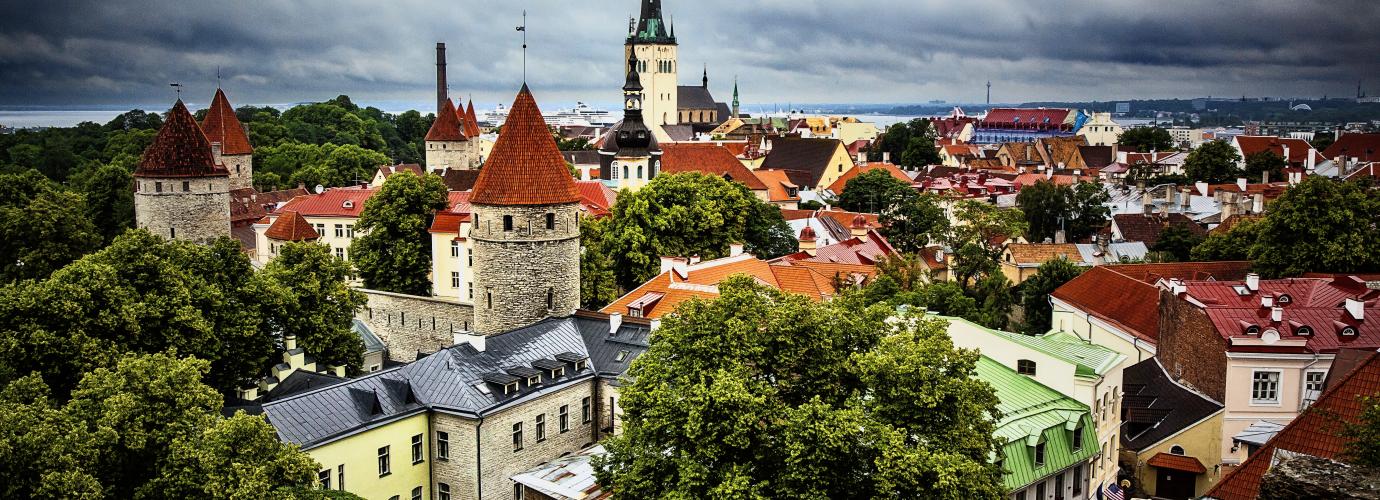Compared to basic education, upper-secondary schools offer students more choices. In grades 7-9 of basic school, 93 out of 96 courses are compulsory (1 course = 35 study hours). Of the 96 upper secondary school courses, 64 are specified in the curriculum and 32 can be elective courses chosen by students under the conditions described in the national curriculum. 11 of the elective courses take into account the specificity or the school and the region.
General upper-secondary schools and vocational schools may operate as a single institution. In that case, students can take courses from both orientations. A student who has completed the vocational training has acquired the preliminary professional or vocational knowledge and skills and may continue his or her studies in a vocational school, and when continuing studies, the knowledge and skills acquired will be taken into account.
By an agreement between a student or a parent and a school, the school may take account of the student’s extracurricular studies or activities (incl. studies in a hobby school or other general education school, participation in trainings, etc.) as a part of the studies of the school if it allows the student to achieve the study results determined by the school’s or his or her own individual curriculum.
Teaching and learning in a school may also be carried out according to the curriculum of the International Baccalaureate Organisation or a curriculum developed according to the Convention defining the Statute of the European Schools. A school that has been accredited by the International Baccalaureate Organisation may teach on the basis of the curriculum of the International Baccalaureate Organisation.
Foundation of foreign educational institutions and their branches in the Republic of Estonia is permitted on the basis of corresponding agreements between countries.
Upper-secondary education may also be acquired in the non-stationary form of study that is intended mainly for persons who are 17 years old or older. Non-stationary studies follow the upper-secondary school national curriculum but physical education is not included among compulsory subjects. Further, upon a student’s request, he or she may also abandon the study of foreign language B. The school guarantees the student at least 24 lessons of guided study per week. In non-stationary studies, a student can also study individual subjects.
Graduating from an upper-secondary school as an external student is also possible.
For better arrangement of study of students with special educational needs, special schools may be founded and operated. The state guarantees the foundation and management of schools for students with visual and hearing impairments, for students with movement disabilities who also have an additional special educational need, for students with emotional or behavioural disorders.

